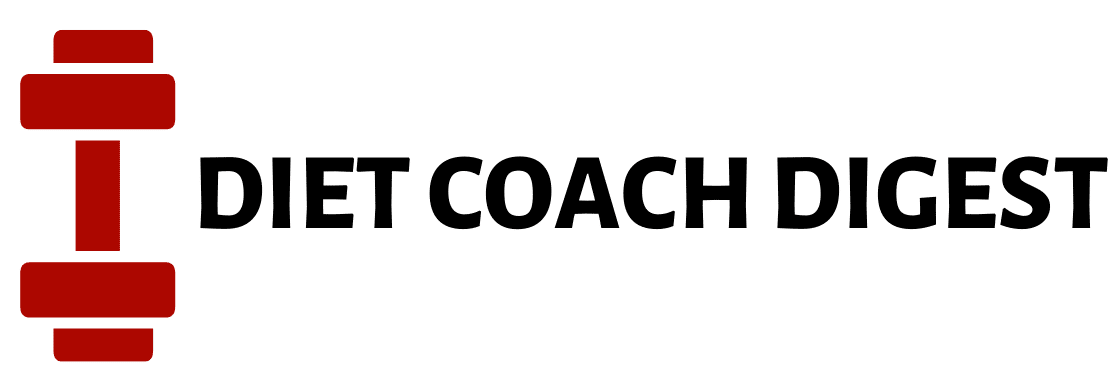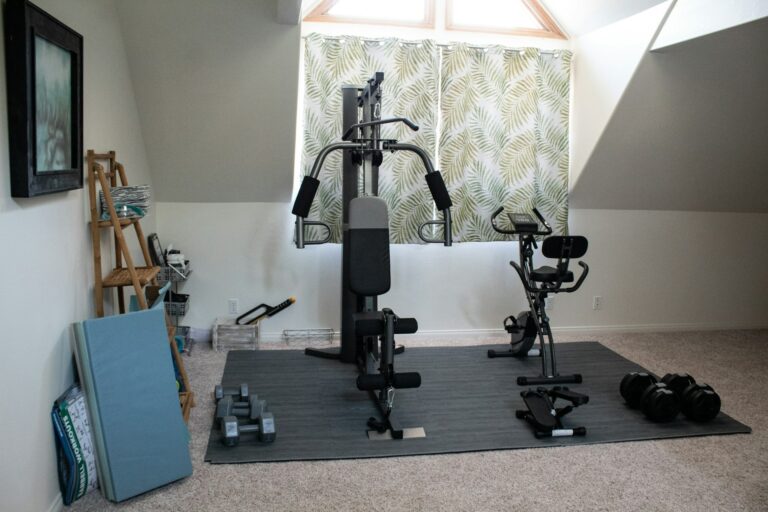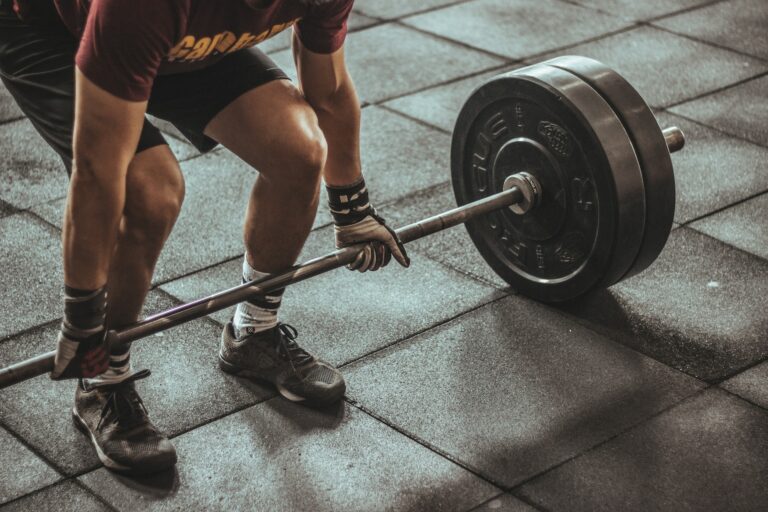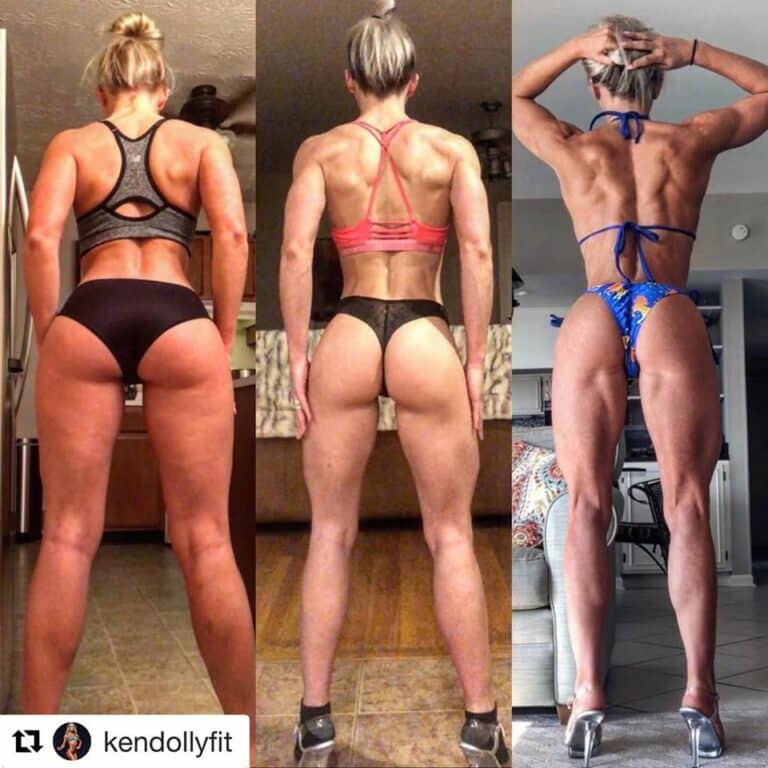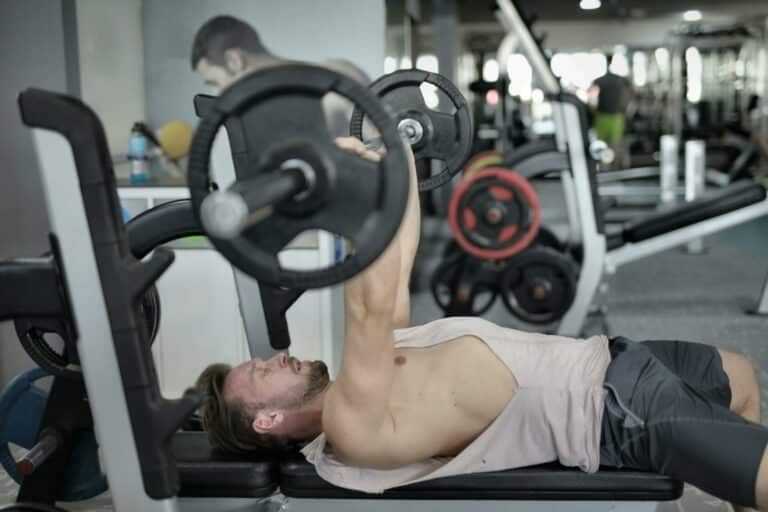How To Fix Muscle Imbalances: Tips for Long-Term Success
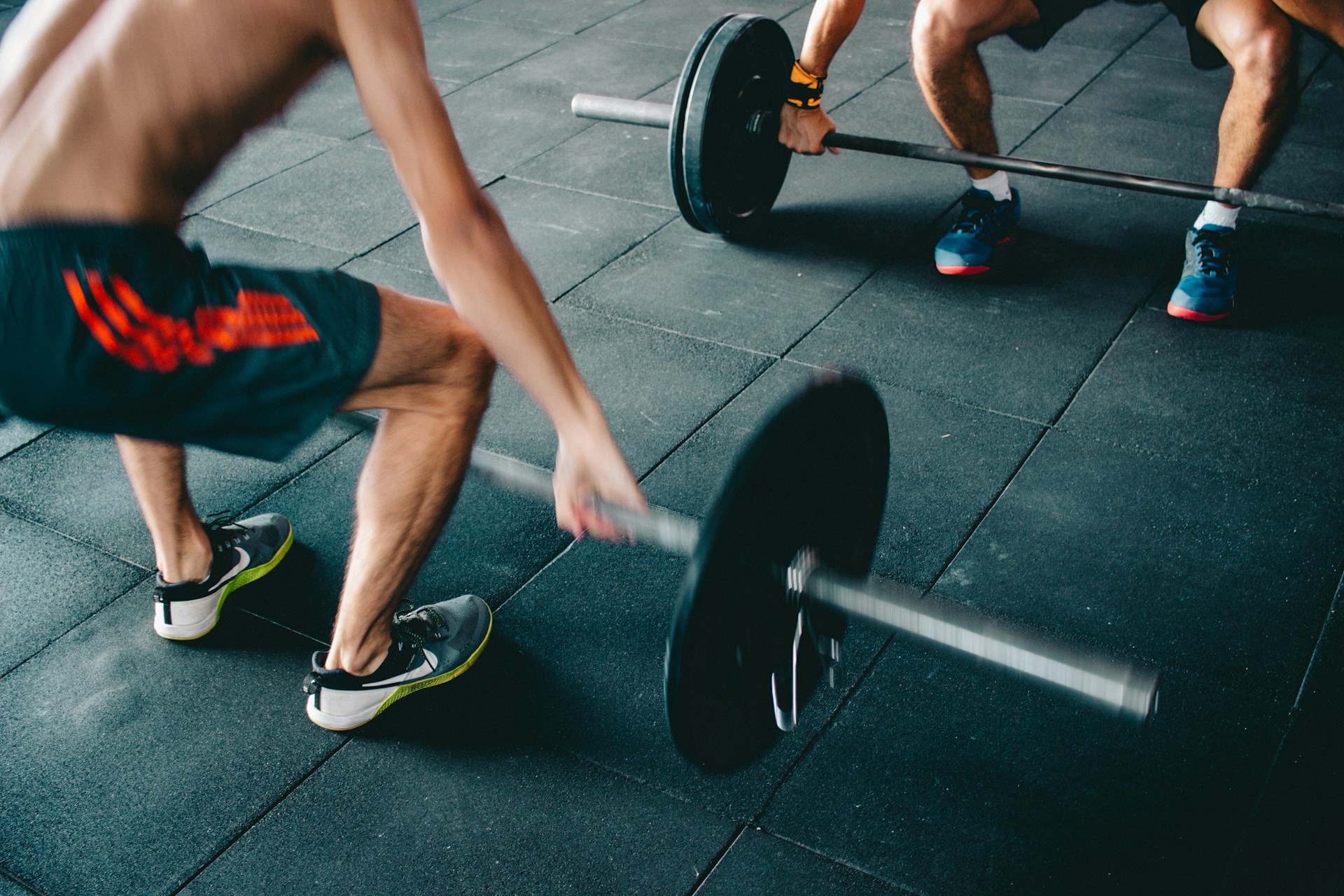
- Should You Train To Muscle Failure Every Set? What You Need To Know - March 4, 2025
- Nutrition in a Hurry: Top Post-Workout Snacks for Active People - February 20, 2025
- 15 Healthy Meal Prep Recipes: Your Weight Loss Made Easy - February 18, 2025
In your journey towards a stronger, more balanced body, you may encounter muscle imbalances that can hinder your progress and even lead to injury. “How To Fix Muscle Imbalances: Tips for Long-Term Success” is your essential guide to understanding and addressing these common issues. With practical advice and actionable tips, you’ll learn how to identify imbalances, implement corrective exercises, and maintain symmetry in your muscles for lasting, optimal performance. Say goodbye to discomfort and hello to a healthier, more harmonious physique! Have you ever noticed that one side of your body seems stronger or more developed than the other? Maybe your right arm fatigues more slowly than your left or one of your calves seems more defined. These are classic signs of muscle imbalances, a common issue that many people face whether they’re athletes or casual exercisers. Understanding how to fix muscle imbalances can pave the way for a more balanced, stronger, and healthier body.
What Are Muscle Imbalances?
Muscle imbalances occur when one muscle or group of muscles is stronger or more developed than its opposing muscle or group of muscles. This can lead to a range of issues, not only aesthetically but also functionally.
Causes of Muscle Imbalances
There are several potential causes of muscle imbalances:
- Dominance: Naturally favoring one side over the other in daily activities.
- Injury: Compensating for an injury can cause certain muscles to weaken and others to overdevelop.
- Poor Posture: Bad posture can place uneven stress on different muscles.
- Incorrect Training: Focusing more on certain exercises over a balanced routine.
Understanding the root cause of your muscle imbalance is crucial for creating a tailored plan to address it.
The Importance of Fixing Muscle Imbalances
Ignoring muscle imbalances can result in long-term complications, including:
- Reduced Performance: In sports and physical activities, muscle imbalances can hinder your efficiency and effectiveness.
- Injury Risk: Imbalances can lead to overcompensation by other muscles, potentially causing strains and injuries.
- Poor Posture: Uneven muscles can lead to postural issues, resulting in chronic discomfort or pain.
Addressing these imbalances can lead to improved overall functionality and a lower risk of injury.
How to Identify Muscle Imbalances
Before you can fix a muscle imbalance, you need to identify it. This can be done using a few different methods.
Self-Assessment
You can perform a basic self-assessment by observing your movements in a mirror or recording them to review. Look for signs like:
- Uneven muscle size
- Differences in strength or endurance on each side
- Discrepancies in movement patterns
Professional Assessment
For a more detailed analysis, consider consulting a fitness professional, physical therapist, or athletic trainer. They can perform various assessments such as functional movement screening (FMS) to pinpoint specific imbalances.
Strategies to Fix Muscle Imbalances
With the causes and identification methods covered, let’s dive into the strategies you can use to correct muscle imbalances.
Focus on Unilateral Exercises
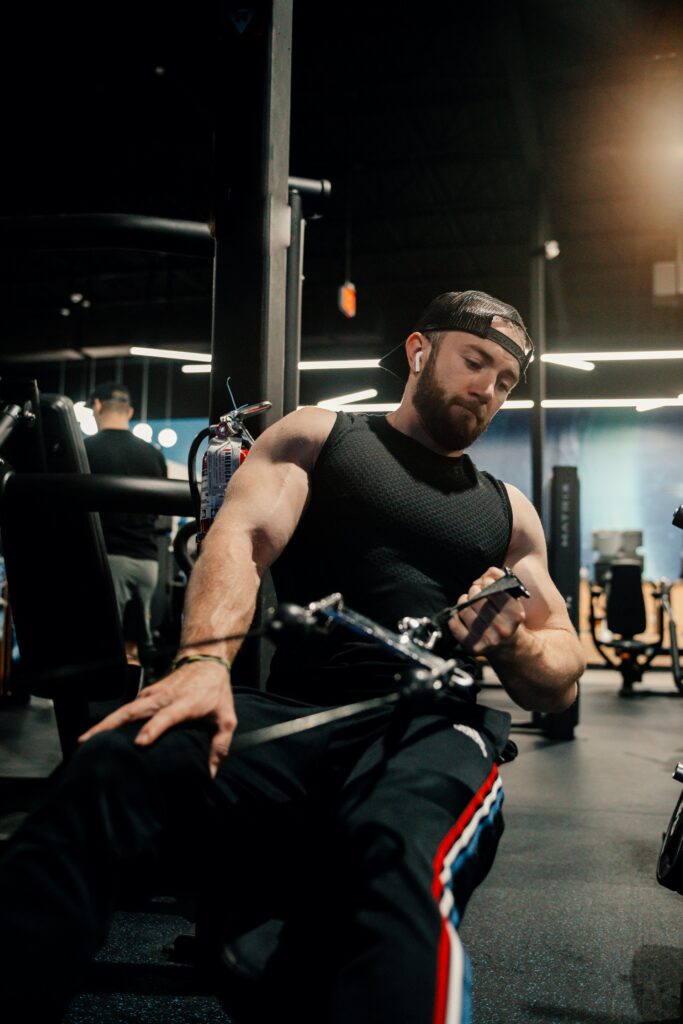
Unilateral exercises involve working one side of the body at a time, which can help ensure both sides are being trained equally. Some effective unilateral exercises include:
- Single-Leg Squats
- Dumbbell Rows
- Single-Arm Presses
| Exercise | Target Muscles | Description |
|---|---|---|
| Single-Leg Squats | Quads, Glutes | Perform squats on one leg to target lower body imbalance. |
| Dumbbell Rows | Upper Back, Shoulders | Row a dumbbell with one arm at a time to ensure equal upper body work. |
| Single-Arm Presses | Shoulders, Chest | Press a dumbbell overhead with one arm, focusing on controlling the movement. |
Corrective Strength Training
Incorporate corrective strength training into your routine to target weaker muscles specifically. This could include:
- Isometric Holds: Holding a specific position to strengthen weaker muscles.
- Resistance Bands: Using bands to add resistance and emphasis to weaker muscle groups.
For example, if you have a weaker left arm, include more repetitions and isometric holds for that arm until it catches up to your right.
Optimize Your Training Volume
Adjust your training volume to ensure balanced development. This means monitoring:
- Repetitions: Ensure equal reps on both sides.
- Sets: Consider more sets for the weaker side initially to give it extra attention.
- Intensity: Match the intensity of exercises on both sides to promote equal gains.
Focus on Functional Movements
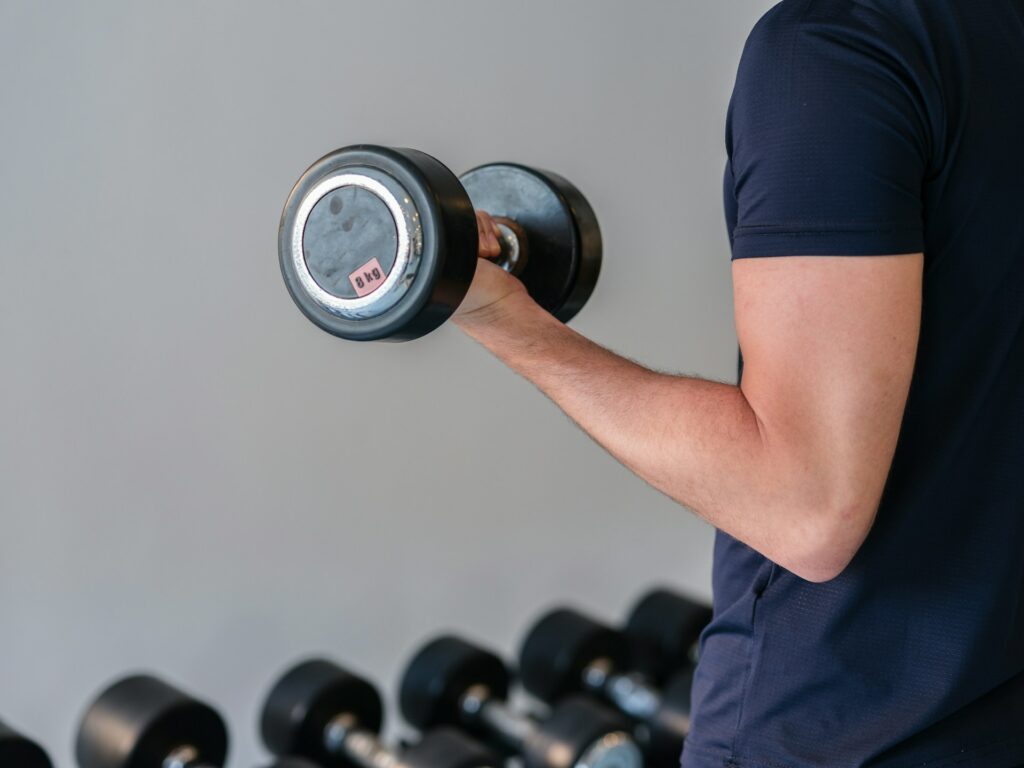
Incorporate functional exercises that mimic daily activities or sports-specific movements. These types of exercises can help in fixing muscle imbalances by promoting coordinated, balanced use of your muscles.
Foam Rolling and Stretching
Adopt a routine of foam rolling and stretching to address tight and overactive muscles. This can enhance flexibility and mobility, fostering a more balanced musculature. Concentrate on:
- Foam Rolling tight areas daily
- Dynamic Stretching before workouts
- Static Stretching post-workout
Prioritize Mobility Work
Sometimes muscle imbalances are not just about strength but also about mobility. A regular mobility routine can help:
- Increase Range of Motion: Make sure both sides of the body have a similar range of motion.
- Reduce Tightness: Preventing one muscle or group of muscles from compensating for another.
Consistency Is Key
Correcting muscle imbalances is a long-term commitment. Regular assessments and consistent application of the strategies mentioned are crucial. Don’t expect overnight results, and be patient with your progress.
Common Areas Prone to Muscle Imbalances and Solutions
Certain areas of the body are more prone to muscle imbalances. Let’s explore some of these areas and solutions tailored to them.
Shoulders
Imbalances in the shoulders can be due to dominance in one arm or poor posture. Combatting these imbalances involves:
- Scapular Retraction Exercises: Focus on rowing movements and scapular stability.
- Rotator Cuff Strengthening: Include specific exercises for your rotator cuff muscles, such as external rotations.
Hips
Hip imbalances can affect your overall posture and movement. To address hip muscle imbalances:
- Glute Strengthening: Incorporate exercises like hip thrusts and single-leg glute bridges.
- Hip Flexor Stretching: Frequently stretch hip flexors if they are overly tight or dominant.
Legs
Leg imbalances can occur due to sports or favoring one leg over the other. Solutions include:
- Single-Leg Exercises: Lunges, single-leg deadlifts, and single-leg squats to balance out strength.
- Eccentric Training: Focus on the lowering phase of movements to build strength and control.
Core
Core imbalances can lead to poor posture and back pain. Strengthen your core by:
- Anti-Rotational Exercises: Using movements like Pallof presses and cable chops.
- Planks and Side Planks: Ensure you hold the plank position equally on both sides.
Setting Realistic Goals
Setting realistic and manageable goals can help you stay motivated. Here’s how you can go about it:
Short-Term Goals
Start with easily attainable short-term goals to keep your motivation high. For example:
- Increase Reps: Gradually increase the reps for weaker muscles.
- Daily Stretching: Commit to a daily routine of foam rolling and stretching.
Long-Term Goals
Set long-term goals to keep your eye on the larger picture. This might include:
- Symmetrical Strength: Achieve similar strength levels on both sides.
- Balanced Physique: Aim for a balanced, well-rounded musculature.
Tracking Your Progress
Keeping track of your progress is essential for long-term success. Here’s how you can do it effectively:
Keep a Training Log
A training log can provide invaluable insights into your progress. Include:
- Exercises: Track the exercises you do, including sets and reps.
- Measurements: Regularly measure muscle size to monitor physical changes.
- Strength Levels: Record your strength improvements and note any disparities between sides.
Regular Reassessments
Regularly reassess your muscle imbalances to adjust your routine as needed. This can be done through self-assessment or professional check-ins every few months.
Frequently Asked Questions (FAQ)
It’s common to have questions about fixing muscle imbalances. Here are some frequently asked questions to provide more clarity.
How long will it take to fix a muscle imbalance?
The timeline varies depending on the severity of the imbalance and your commitment to correcting it. Generally, it could take a few months to see noticeable changes.
Can muscle imbalances cause injuries?
Yes, muscle imbalances can lead to injuries due to compensatory movement patterns and added stress on certain muscles and joints.
Can I fix muscle imbalances at home?
Absolutely! Many effective exercises and routines can be performed at home with minimal equipment.
Should I see a professional for help with muscle imbalances?
If you’re unsure of how to begin or if you face significant imbalances, consulting a professional like a physical therapist or a certified trainer can be very beneficial.
Will fixing muscle imbalances improve my athletic performance?
Yes, addressing muscle imbalances can improve your overall strength, stability, and performance in sports and physical activities.
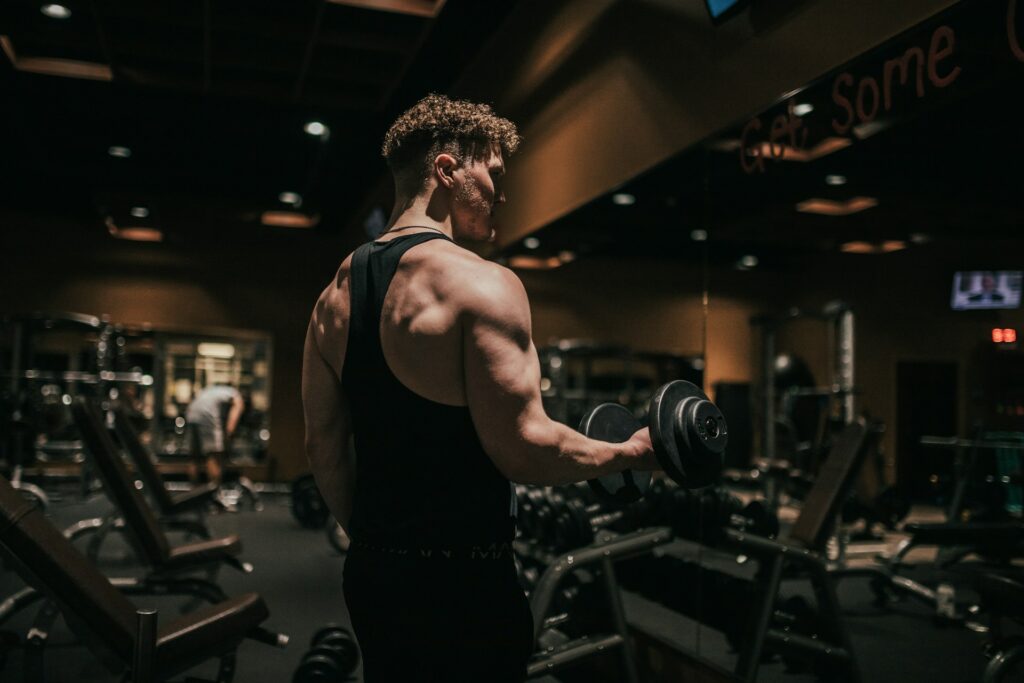
Conclusion: Achieving Balance
Fixing muscle imbalances requires a strategic and committed approach but the benefits are well worth the effort. By understanding the causes, identifying the issues, and employing targeted strategies, you can achieve long-term success. Always remember to stay patient and consistent with your routine, and don’t hesitate to seek professional guidance if necessary. Here’s to a balanced, stronger, and healthier you!
Table of Contents
